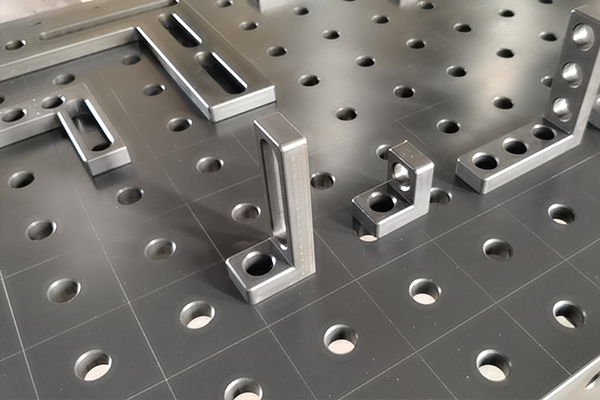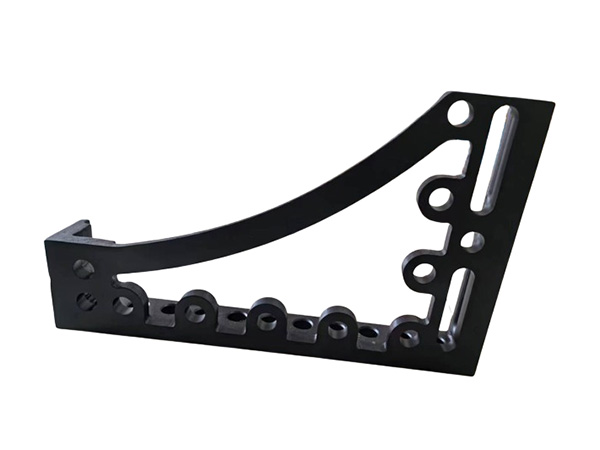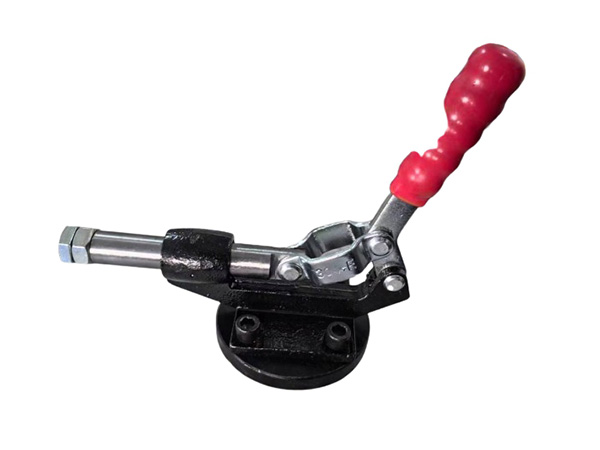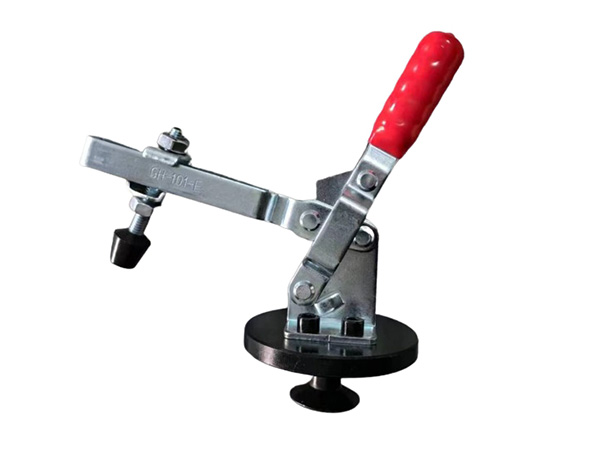- 网站导航 -
Address: Home > News > Technical documentation >
The Optimization and Practice of Flexible Welding Workstations Introduction
Time:2024-10-18 10:17:55 Author:Fadetong Clicks:186Second-rate
In today's fast-paced manufacturing world, efficient production processes are critical, especially in industries that rely heavily on welding. The emergence of flexible welding workstations has revolutionized the way manufacturers approach welding tasks. These adaptable systems are designed to accommodate different welding techniques and materials, improving efficiency and output. In this article, we will delve into the best practices for optimizing flexible welding workstations and explore how this technology is applied in various industries, ensuring maximum productivity and precision.
Understanding Flexible Welding Workstations
A flexible welding workstation is a versatile setup that integrates multiple welding processes, such as MIG, TIG, or robotic welding, into a single, adaptable system. These workstations are equipped with modular components that allow quick reconfiguration to handle a variety of welding tasks. This flexibility makes them ideal for industries where customization, small-batch production, and rapid shifts between different product lines are required.
By using these workstations, manufacturers can quickly adjust to new production requirements without needing to overhaul their entire welding setup. This capability ensures reduced downtime, increased flexibility, and the ability to meet tight deadlines with high precision.
Key Steps to Optimize Flexible Welding Workstations
1. Streamline Workflow Layout
One of the first steps to optimizing a flexible welding workstation is to create an efficient workflow layout. Position the welding equipment, materials, and workpieces in a way that minimizes movement and maximizes efficiency. Ensure that workers or robotic systems have quick access to necessary tools, parts, and materials to reduce downtime and increase productivity.
2. Implement Modular Components
A key feature of flexible welding workstations is the use of modular components that can be easily swapped or adjusted. Modular tables, clamps, and fixtures allow workers to quickly adapt the workstation for different tasks. Regularly updating these components with the latest technology ensures that the workstation remains adaptable and can accommodate new processes and materials.
3. Incorporate Automation
Automation is becoming an essential element in welding. By integrating robotic welding systems into flexible workstations, manufacturers can significantly boost productivity and precision. Automated systems reduce human error, speed up the welding process, and enhance the overall quality of welds. In industries like automotive and aerospace, where high precision is critical, robotic welding plays a vital role in meeting stringent quality standards.
4. Real-Time Monitoring and Data Analysis
Modern flexible welding workstations can be equipped with sensors and software that allow for real-time monitoring of welding processes. These systems provide valuable data on temperature, welding speed, and material integrity, which can be analyzed to optimize performance further. Regularly reviewing this data helps identify inefficiencies, potential equipment issues, or areas where process improvements can be made.
5. Training and Skill Development
While flexible welding workstations provide high adaptability, their effectiveness is largely dependent on the skill level of the operators. Investing in ongoing training for workers ensures they can efficiently set up and adjust the workstations for different welding processes. Trained workers are more capable of maximizing the workstation's potential, leading to better weld quality and higher productivity.
Practical Applications of Flexible Welding Workstations
Flexible welding workstations are used across multiple industries where the need for versatile, high-quality welding is crucial. Key applications include:
Automotive Industry: Flexible welding workstations allow car manufacturers to produce a variety of vehicle parts with minimal downtime when switching between models or components. This adaptability supports the industry's shift towards custom and small-batch vehicle production.
Aerospace Industry: In aerospace, where precision and material integrity are critical, flexible welding systems enable manufacturers to work with a wide range of materials, including lightweight composites and high-strength alloys.
Heavy Equipment Manufacturing: Heavy equipment manufacturers benefit from the ability to handle large-scale projects while still ensuring high precision and efficiency through modular workstations.
Benefits of Optimizing Flexible Welding Workstations
1. Increased Efficiency: A well-optimized flexible welding workstation reduces downtime and allows for faster transitions between different welding processes, significantly boosting productivity.
2. Improved Weld Quality: By streamlining workflows and incorporating automation and real-time monitoring, optimized workstations deliver consistently high-quality welds.
3. Cost Savings: Optimized workstations reduce material waste, lower labor costs, and minimize rework, leading to significant cost savings for manufacturers.
4. Enhanced Flexibility: The ability to quickly adjust to new production requirements and handle various materials makes flexible welding workstations an ideal solution for industries that demand high adaptability.
Conclusion
Optimizing flexible welding workstations is essential for manufacturers looking to stay competitive in industries that demand both versatility and precision. By implementing best practices such as workflow optimization, modular component use, and automation, companies can significantly improve their welding processes. As technology continues to evolve, flexible welding workstations will play an even more critical role in modern manufacturing, offering unparalleled adaptability, efficiency, and cost-effectiveness.
For industries like automotive, aerospace, and heavy equipment manufacturing, investing in the optimization of flexible welding workstations is not just a strategic choice but a necessity to meet the growing demands of high-quality, fast-paced production environments.











